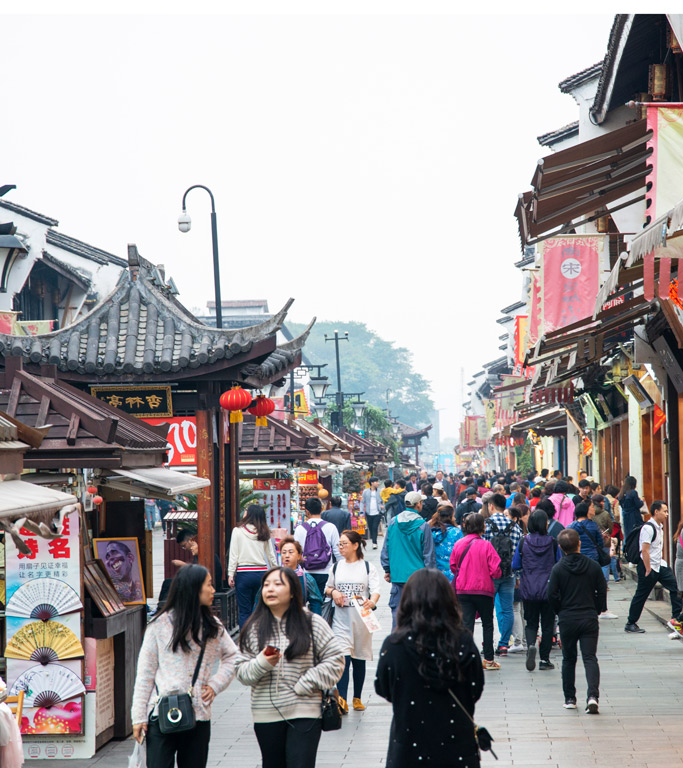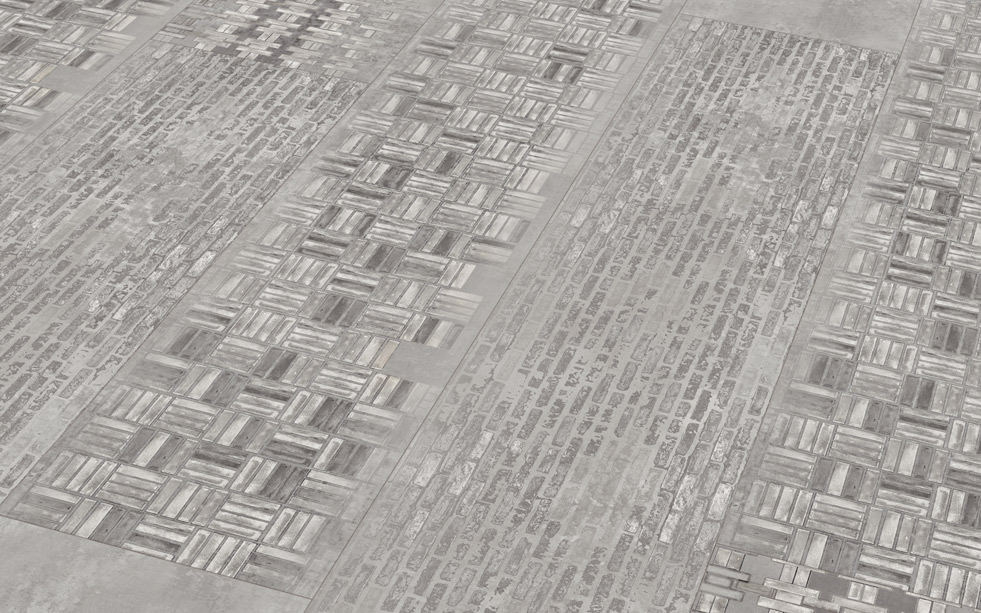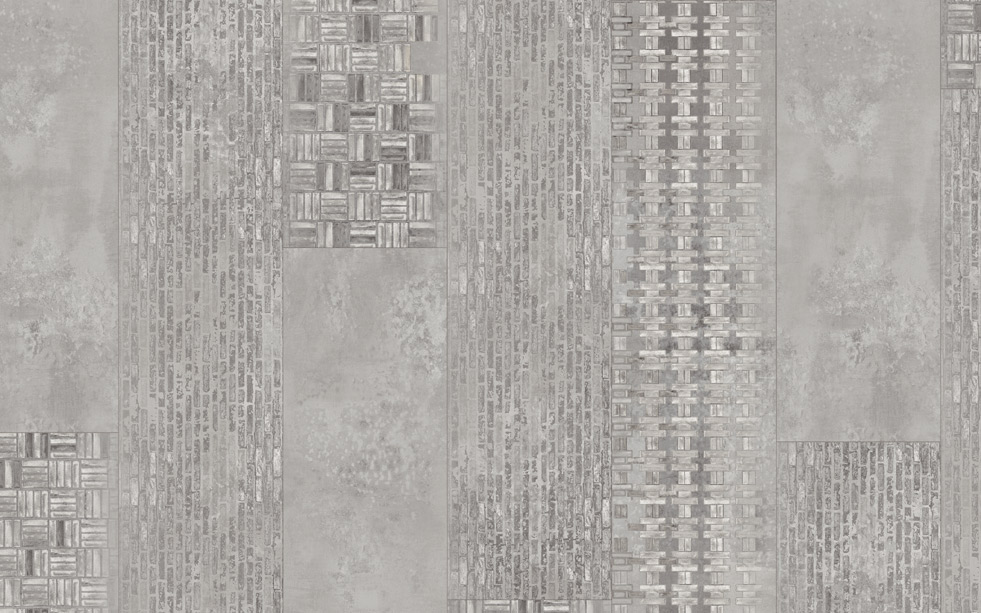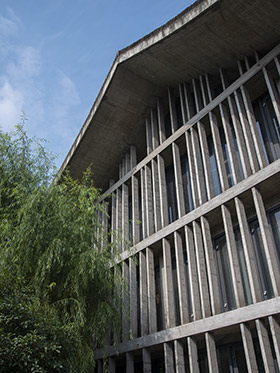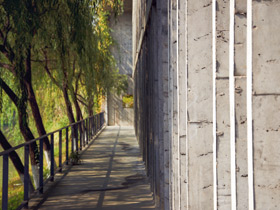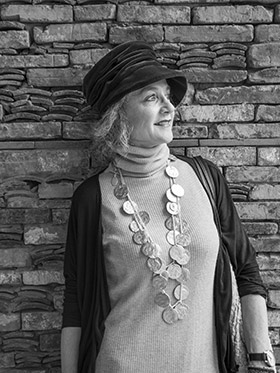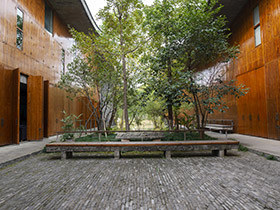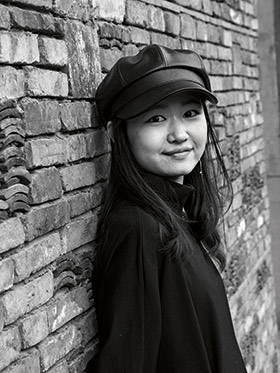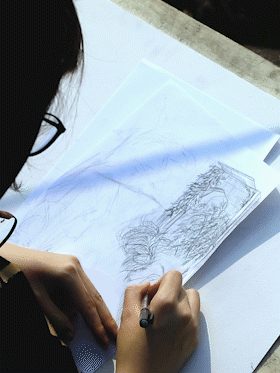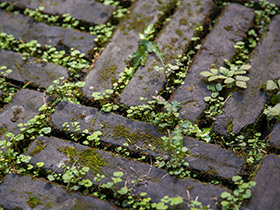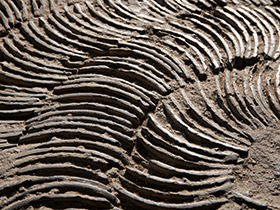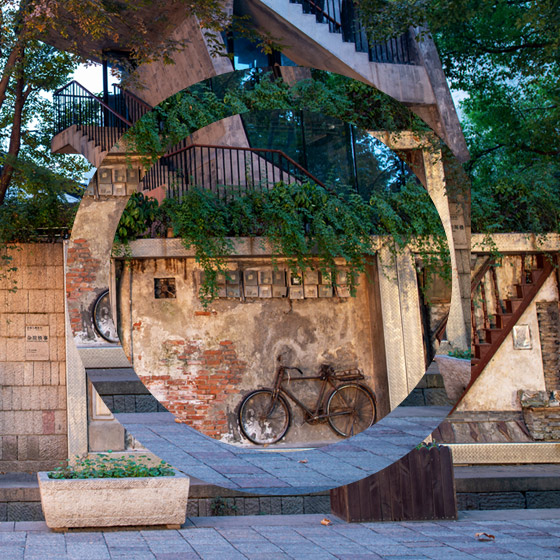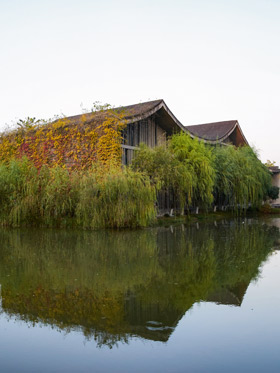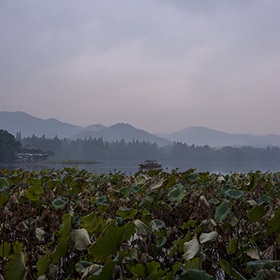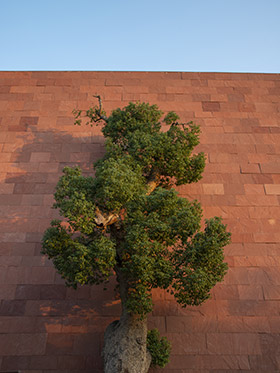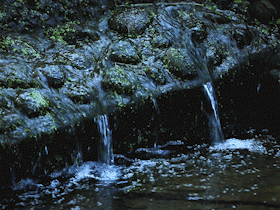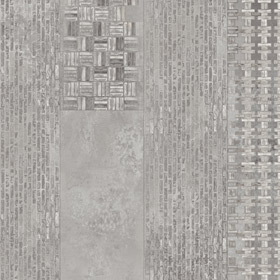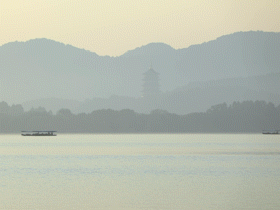Designed by the Chinese star architect, Wang Shu, the campus of the country's largest art college combines modern and traditional Chinese architecture and reflects the relationship of the Chinese to architecture, nature and philosophy.
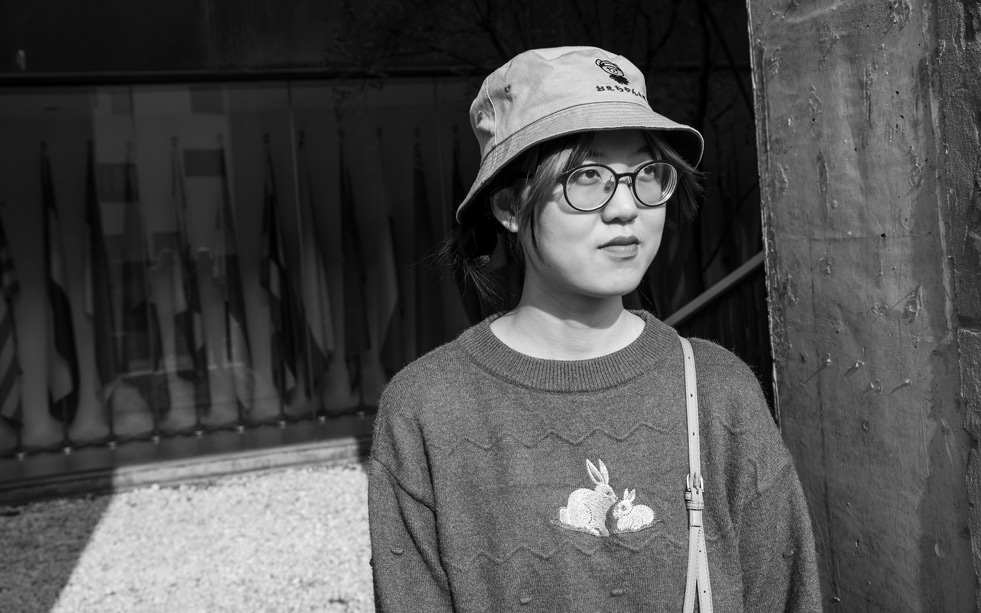

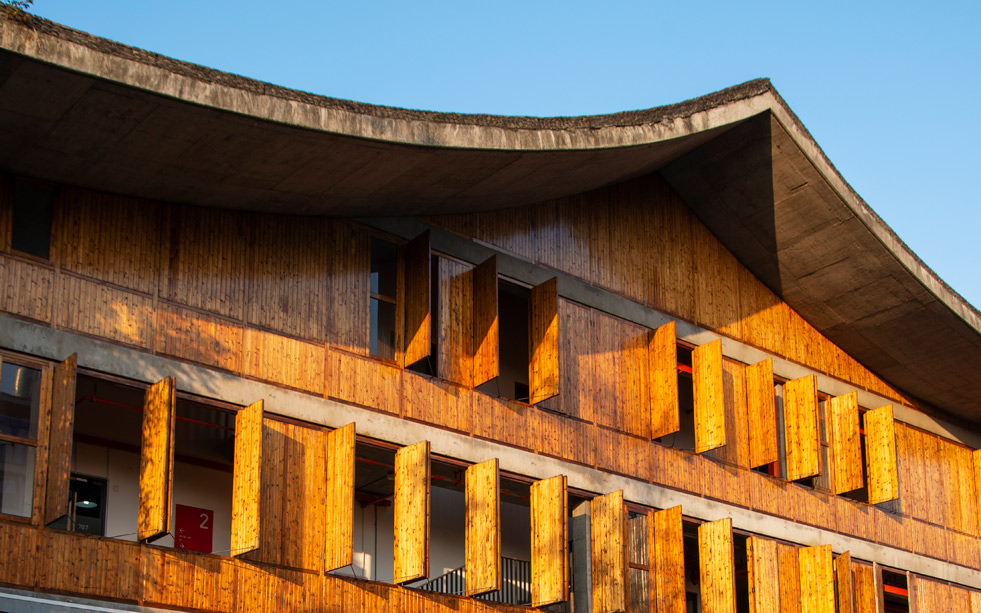





The Xiangshan Campus is the most important art college in China. Yet art dominates not only the curriculum here, but also university life in all its facets. The uni buildings were designed by Wang Shu, who is also the dean of the university. In the architecture of the buildings, elements of classical Chinese architecture are fused with modern, contemporary elements. What is it like for young people to learn in such a place? What role do tradition and Chinese philosophy play for them today? Is their own art influenced by this?
Vika and Anna have made themselves comfortable with a cup of tea in front of the bright red brick facade of the campus museum at the Chinese Academy of Arts in Hangzhou. Their laptops are lying between them on the grass, with notes and drawings scattered all around. They laugh and talk, saying hello to one of the students strolling past every now and then. It is lunchtime on the university campus in Hangzhou. Students sit together in small groups here and there, but there are surprisingly few students to be found on the extensive university grounds, which cover around 60,000 square metres. "University life here is very different from that in Europe," says Anna, who originally comes from Serbia, "the campus is a place of calm and learning, not so much for socialising." A four-year scholarship brought the architecture student to Hangzhou. The 26-year-old is now studying under Wang Shu, the internationally renowned architect and winner of the prestigious Pritzker Prize, among others. The Xiangshan Campus is where he works as a lecturer and at the same time is one of his most prestigious projects.
Founded in 1928, the Chinese Academy of Arts is the first holistic art academy in China committed to integrating Eastern and Western art into its curriculum while creating contemporary art according to the principles of Chinese culture. Between 2002 and 2007, the Xiangshan Campus on the outskirts of Hangzhou was built according to Wang Shu's designs. Today young people study art, fashion design, film, visual arts and architecture here.
"Studying here is something special in every respect," Anna enthuses. "The campus lives design. Not only in the form of the lecturers and students, but from within itself. Every building here has been created with care, nothing is down to chance. As a result, a special energy can be felt everywhere. Everything is an inspiration." Jerry is also fascinated by the special atmosphere on campus. He studies photography and design in Wuhan. Today he came to Hangzhou especially to capture the unusual architecture of the campus with his camera. "The integration of the buildings into nature is incredible. They don't look like foreign objects in the landscape, but merge with it instead." And indeed: everywhere on the campus, which was completed in 2007, there are small gardens, lakes and rivers. Here and there, nature has already reclaimed part of the campus, where trees and climbing plants peek out between the interlaced buildings. Just as it corresponds to the Chinese philosophy of unity with nature.

